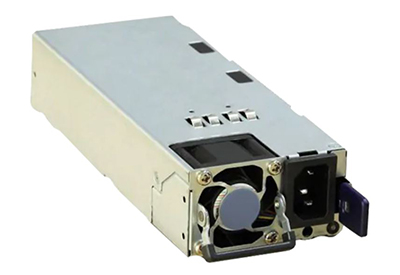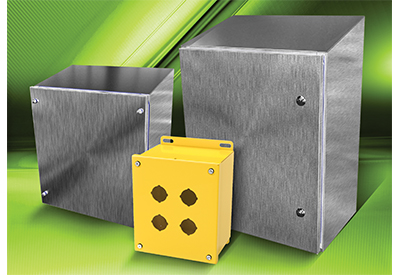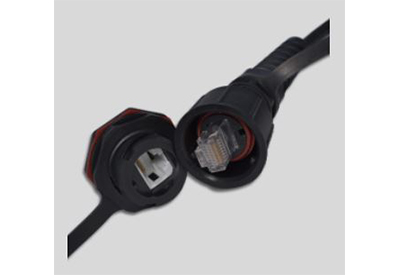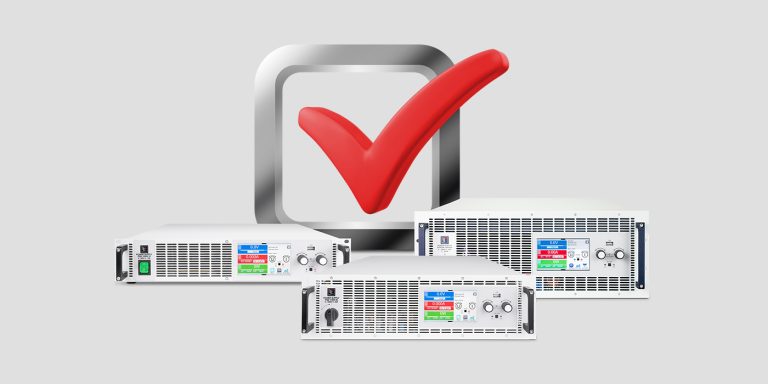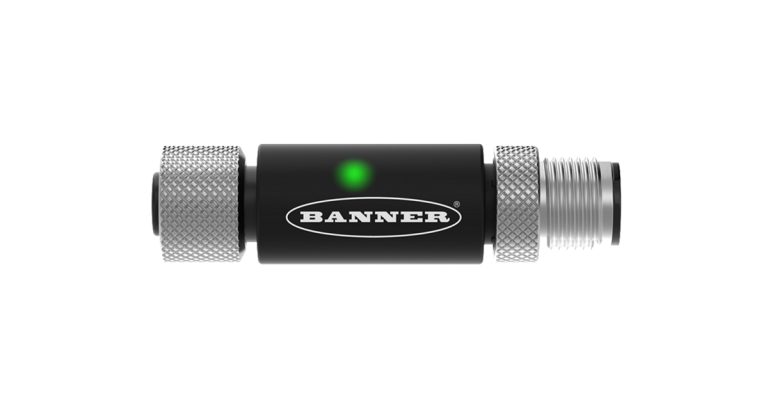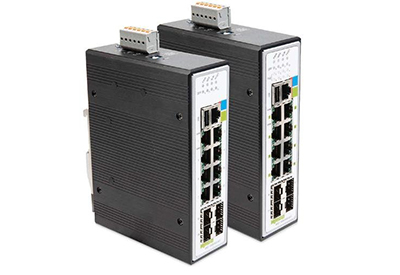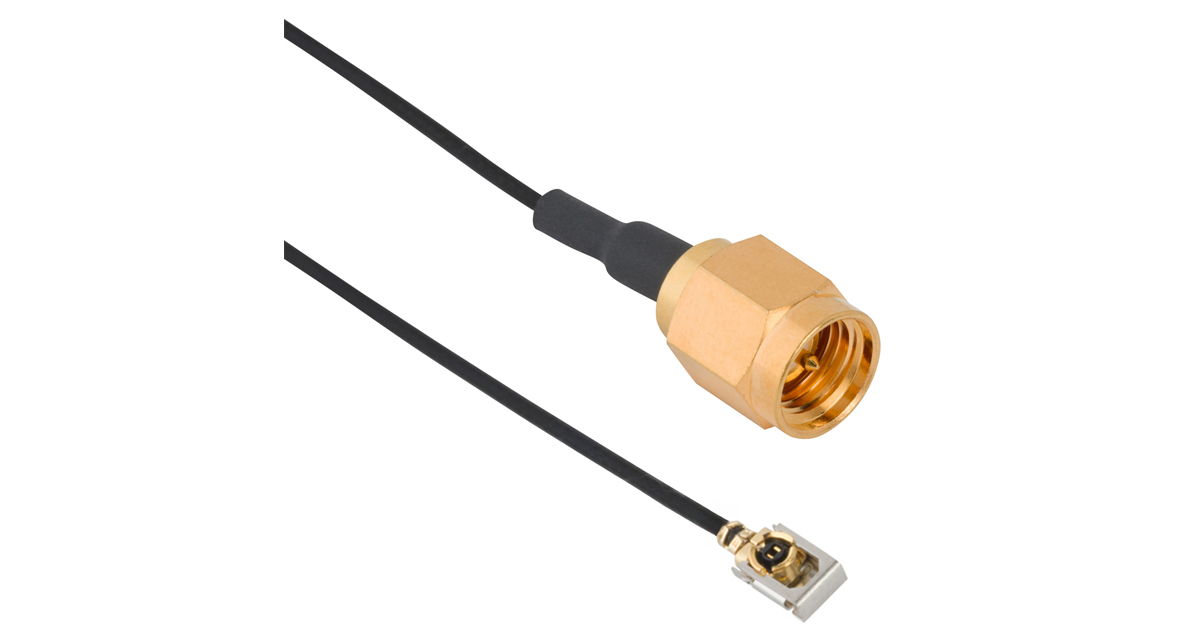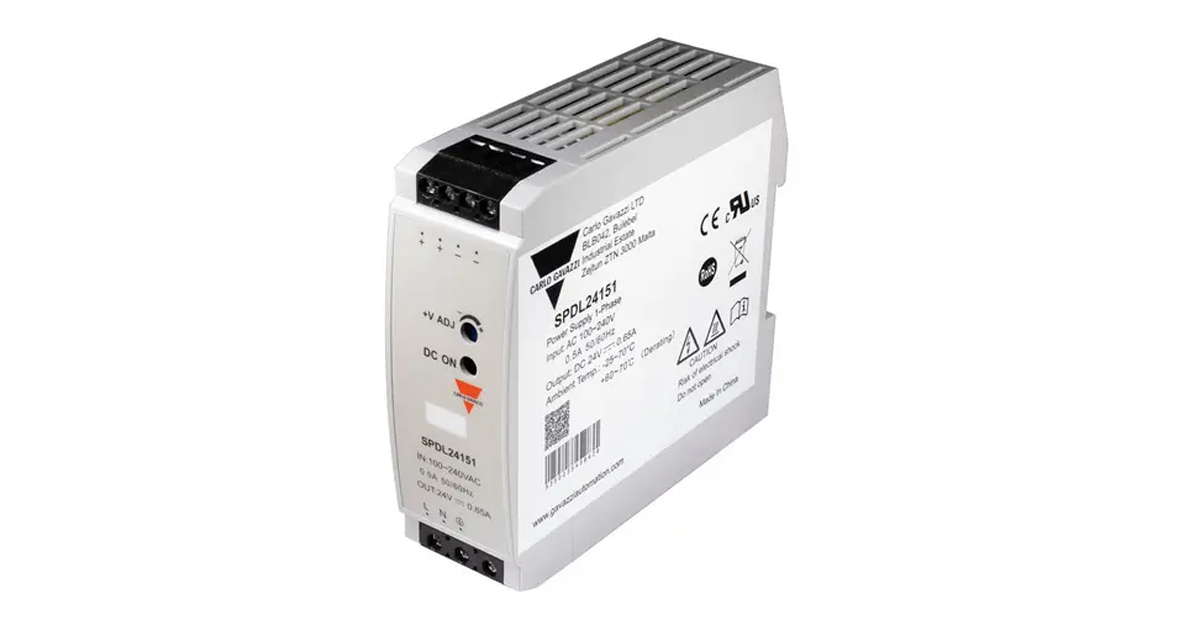Integra Enclosures Latch Types
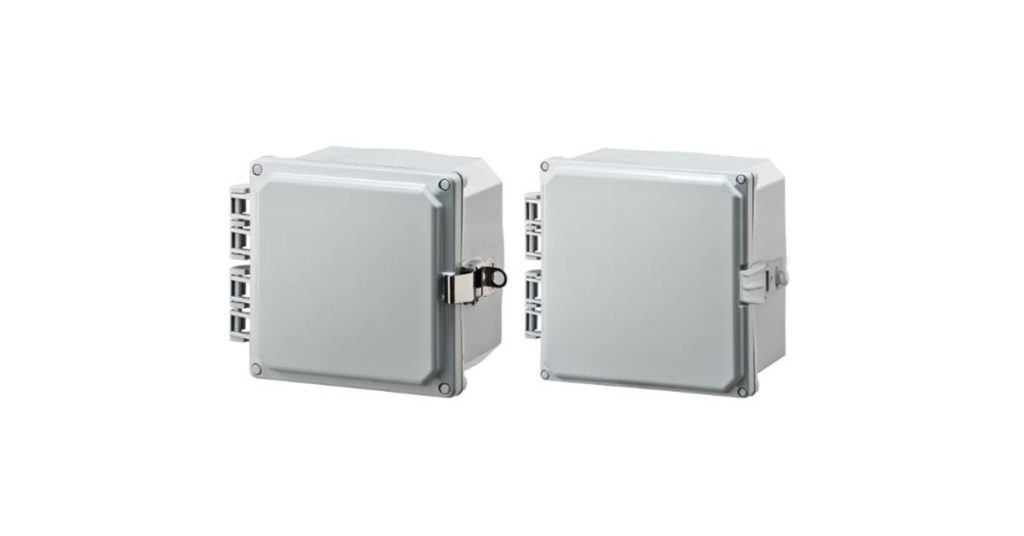
January 12, 2024
Picking the correct latch is a small but important step when deciding the type of the enclosure needed for your project. Different styles of latches can affect the usability, security, and NEMA rating of an enclosure. All of the latch options for Integra’s polycarbonate enclosures offer a minimum NEMA 4X protection rating, with certain styles being able to achieve NEMA 6P.
Below are the standard latch types that Integra offers for polycarbonate enclosures.
Locking Latches
Locking latches, often referred to as hasp latches, offer ease of access with one simple motion lock and unlock the enclosure and no tools required. These type of latches often have a pad-lockable hasp built in for additional security.
Stainless Steel Locking Latch: Stainless Steel locking latches are the most popular option for polycarbonate enclosures. They have a clean, polished look and are corrosion resistant to last for years in any environment.
Non-Metallic Locking Latch: Non-Metallic latches offer a fully metal free enclosure option, minimizing signal interference for Telecommunications and Remote Monitoring applications.

Integrated Locking Latch: Integra’s Impact Series offers an integrated locking latch which is directly molded into the enclosure lid and base. This type of latch is extremely durable, as it’s the same polycarbonate material as the enclosure. It also provides a NEMA 6P protection rating meaning it will remain water-tight in up to 6 feet of water for up to 24hrs. With a built-in pad lockable hasp, this latch offers great security, ease of access and durability for extremely rugged and demanding applications like mining and security monitoring.

Three-Point Latch
If a handle option is required on your enclosure, Integra offers a three-point latching system. The multiple connection points of the latch mechanism ensures the top and bottom of the door are simultaneously secured and the gasket remains fully compressed. In addition, the sturdy handle includes a slotted quarter turn lock that holds the handle in the closed position when not in use. These benefits make three-point latches a popular option on larger enclosures like those in the Genesis Series.

Quarter Turn Latch
Quarter turn latches are a clean, low profile option to keep your enclosure secure. With a simple 90 degree turn of the cam, the latch engages and disengages. Most quarter-turns are slotted for easy access with a flat head screwdriver. However, keyed quarter-turn latches are also available.
Integra also offers a special bell quarter-turn lock for the telecom industry.

Screw Closure
While not a traditional latch, one option for securing your enclosure lid to its base is with cover screws. Integra offers cover screws for its Premium Line series and can be used on “S” and “-6P” designated models to achieve a NEMA 6P protection rating. Integra uses captive screws which are held in place within the cover so that no hardware is lost in the field.
Choosing the right latch for your enclosure is an important factor when finalizing your selection for your application. Whether it’s ease of access, security or NEMA rating needed, Integra has the options available.


